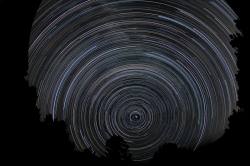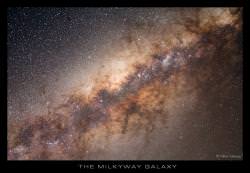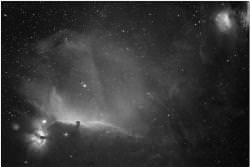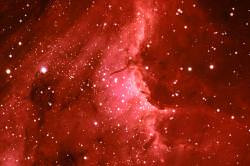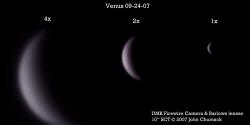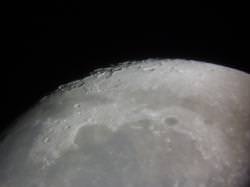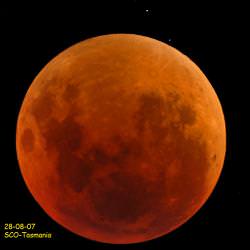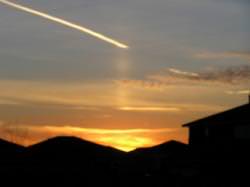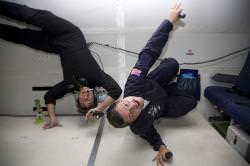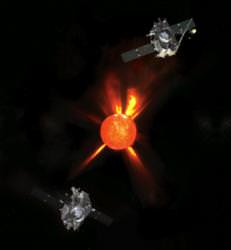Today’s photo, captured by Chris Schurs, is amazing and difficult. It’s an image of the night sky, focused on Polaris (the North Star). Chris kept his exposure open for a full 6 hours, with the stars making the bright trails that you see. You can see more of Chris’ pictures at schursastrophotography.com
Cumbrian Sky celebrates the 50th anniversary of Sputnik on a sad note, regretting the future that we could have had if we just kept going.
Clear Skies on Demand has a cool picture of a sundog. It’s a cool little rainbow that can appear off to the side of the Sun when conditions are just right.
Larry Klaes writes for Centauri Dreams about a new propulsion system that uses magnetic fields.
Want to buy a Sputnik to celebrate that special 50th anniversary? collectSPACE has a list of the top 10 Sputniks.
A Mars Odyssey has an article about the recent failure of a space tether experiment.
And a big congratulations to George “Mr. Sulu” Takei on the asteroid named after him.
Do you have a space-related blog? Email me your URL, and I’ll start watching you. Write something interesting, and I’ll link to it.

